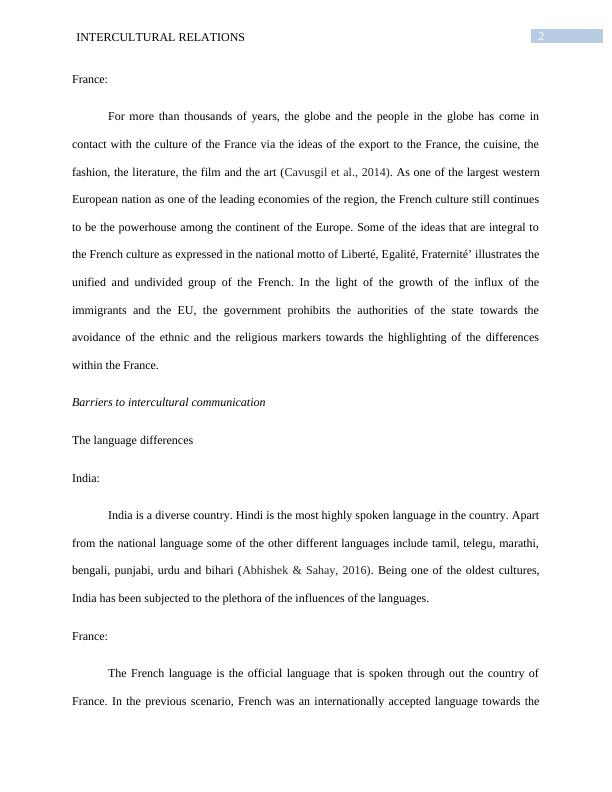Intercultural Relations: A Comparison of French and Indian Cultures
Added on 2023-06-04
8 Pages1474 Words399 Views
End of preview
Want to access all the pages? Upload your documents or become a member.
Intercultural Management
|6
|1040
|54
BUS101 Communication Assignment: Intercultural Communication Assignment
|9
|1737
|40
Global Business Cultural Analysis of India
|23
|4635
|94
Report on International Business : WIPRO
|5
|968
|40
Cross Cultural Management: Understanding Cultural Differences and Hofstede's Cultural Dimensions
|13
|928
|62
MAN501 - Cross Cultural Management - Research Report
|14
|3087
|42



